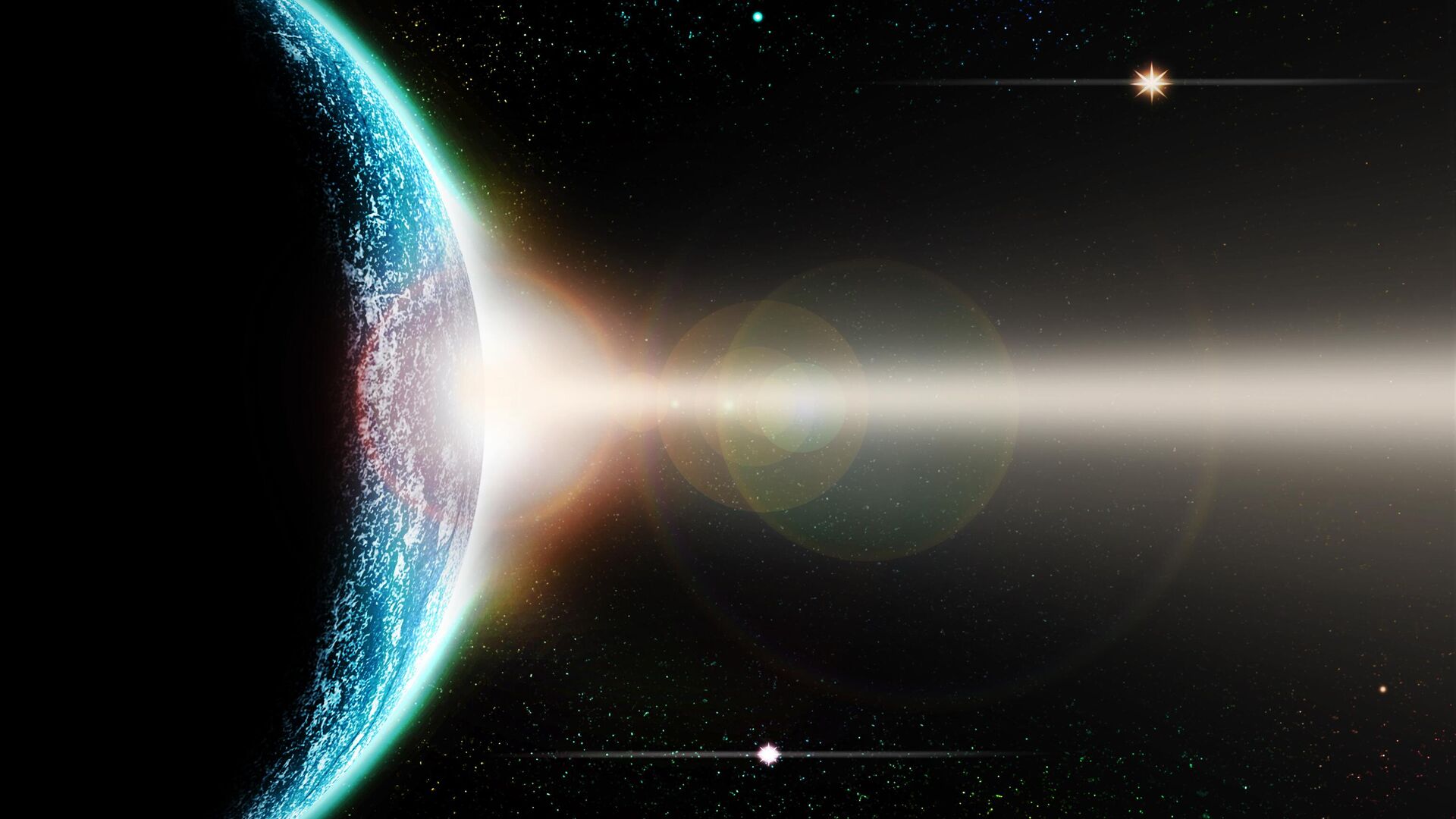
MOSCOW, November 25, Vladislav Strekopytov. The international Telescope Array collaboration has published the results of a study of an extremely high-energy cosmic ray coming from a desert region of the Universe. Scientists from the Institute of Nuclear Research of the Russian Academy of Sciences played a decisive role in the physical interpretation of the unique event.
Cosmic rays
Cosmic rays are streams of high-energy particles and atomic nuclei. Their sources, according to scientists, can be gamma-ray bursts — the largest explosive phenomena in the Universe, supermassive black holes in the center of galaxies, as well as neutron stars with strong magnetic fields.
Cosmic ray particles enter the Earth's atmosphere and, colliding with the nuclei of nitrogen and oxygen atoms, generate a large number of secondary particles. Those, in turn, become the source of further decay cascades. Such phenomena are called extensive air showers (EAS). Sometimes during an EAS, the initial particle produces billions of secondary particles that fall onto the earth's surface over an area of up to ten square kilometers.
To observe air showers, special installations are being built — arrays of surface detectors combined with fluorescent telescopes. The Telescope Array observatory is an array of 507 surface detectors (each three square meters in area) spaced 1.2 kilometers apart over an area of 700 square kilometers. By analyzing the main parameters — the time of arrival and the magnitude of the signal received by each of the devices — scientists calculate the direction of arrival and the energy of cosmic rays.
Another “particle of God”
Typically, the energy of cosmic ray particles lies in the range from ten MeV to ten GeV (106-109 eV), sometimes higher. Particles with ultra-high energies—more than one exaelectronvolt (one EeV = 1018 eV)—are extremely rare. This is about a million times more than what was achieved at the most powerful man-made accelerator — the Large Hadron Collider, where they discovered the so-called God particle that completes the Standard Model of physics — the Higgs boson.
Observations of particles with energies above 1020 eV are absolutely unique. The first such ultra-high-energy (3 x 1020 electron volts) particle was detected on October 15, 1991 at the Dugway Test Site in Utah using the Telescope Array's predecessor, the Fly's Eye Cosmic Ray Detector. The discovery amazed scientists so much that the particle was given the name Oh-My-God (“Oh, my God!”).
Physicists do not yet know what phenomena in the Universe are associated with ultra-high energy particles. Such events are interesting primarily because, due to their record energy, they are less deflected by cosmic magnetic fields and, apparently, come to us from outside the Galaxy. This means they can serve as a fundamentally new channel for obtaining information about extragalactic objects. There is an opinion that observations of ultra-high energy cosmic rays will become “astronomy of a new generation”, and perhaps in the future will allow us to push the boundaries of the Standard Model.
New space mystery
In May 2021, the Telescope Array installation, which replaced the “Eye of the Fly” in 2008, recorded another extraordinary event — the arrival of a particle with an energy of 2.44 x 1020 eV. Since it appeared at dawn, the Japanese scientists from Osaka University who discovered it gave it the name Amaterasu in honor of the Sun Goddess from the Shinto pantheon.
Despite the fact that ground-based detectors are located at a considerable distance from each other, in general complexity, 23 devices recorded a signal with a microsecond time difference. This result indicates that it was precisely an EAS generated by a single ultra-high energy particle.
Scientists from the USA, Japan, South Korea, Belgium and Russia participated in the data analysis. The results were published in the journal Science.
At the first stage, scientists from the Institute of Nuclear Research (INR) of the Russian Academy of Sciences processed the signal received from all stations of the ground-based array of Telescope Array detectors using machine learning methods. The results showed that this particle is most likely a proton or the nucleus of an atom.
“It has been established with a high degree of certainty that the particle cannot be a gamma quantum. This does not allow us to associate it with any process outside the Standard Model of particle physics,” says one of the study participants, a researcher at the Laboratory of Big Data Processing at INR RAS, Ivan Haruk.
At the second stage, the arrival trajectory of the particles was correlated with a three-dimensional map of the Universe. It turned out that in the direction from which, according to calculations, the particle arrived, there is not a single object that could be a potential source of a powerful beam.
“It was established that the particle came from an empty region in the local Universe. This indicates its very strong deviation from the source and, therefore, that the particle is highly likely to be an atomic nucleus with a large charge,” says another author of the article, a researcher Mikhail Kuznetsov from the same laboratory. “This, in turn, suggests that its source, although not clearly identified, is relatively close to our Galaxy.”
Previously, most of the ultra-high energy particles detected by the Telescope Array came mainly from the same 20-degree zone in the direction of the constellation Ursa Major. Now the direction is completely different. Scientists expect that further research of the Amaterasu particle, in particular computer modeling of its propagation through the Universe, will make it possible to limit the range of possible sources of all ultra-high-energy cosmic rays.
Plans for the future
The Telescope Array experiment continues. They plan to study the sources of ultra-high-energy particles in more detail as part of a project to modernize the installation, called TA x 4 — with a fourfold increase in area.
Russian scientists hope that the methods they have developed, based on machine learning, will make it possible to conduct analysis with increased accuracy and understand what exactly ultra-high energy cosmic rays are: protons or heavier nuclei.
“Registration of cosmic rays of extremely high energies makes it possible to search for manifestations of new particles and interactions in areas previously inaccessible for research,” comments Sergei Troitsky, chief researcher of the Department of Theoretical Physics of the INR RAS, Corresponding Member of the RAS, on the direction of future research. “Similar models, previously associated in total with the neutrino sector and the dark matter sector, can solve a number of fundamental problems of modern physics.»
According to scientists, the concept of multi-channel astronomy will allow combining data with observations of radio waves, infrared rays, visible light, ultraviolet, x-rays and gamma rays , neutrinos and gravitational waves. And thereby expand the understanding of the space environment as a whole.

















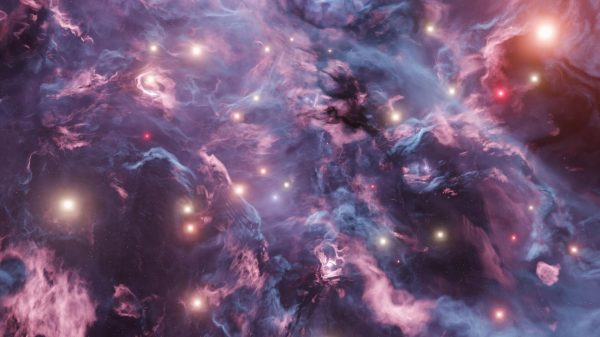

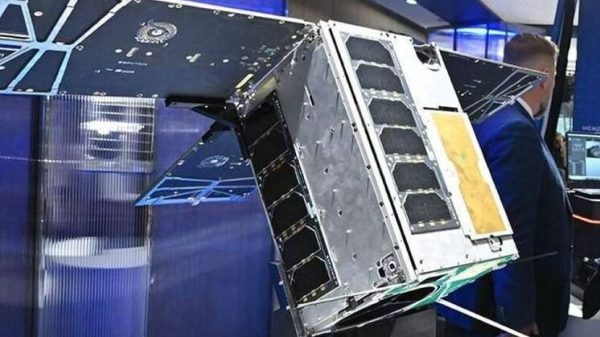













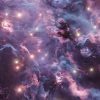



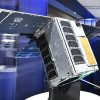















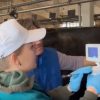




Свежие комментарии